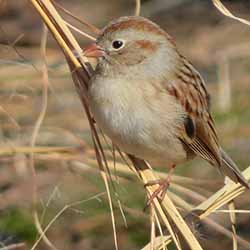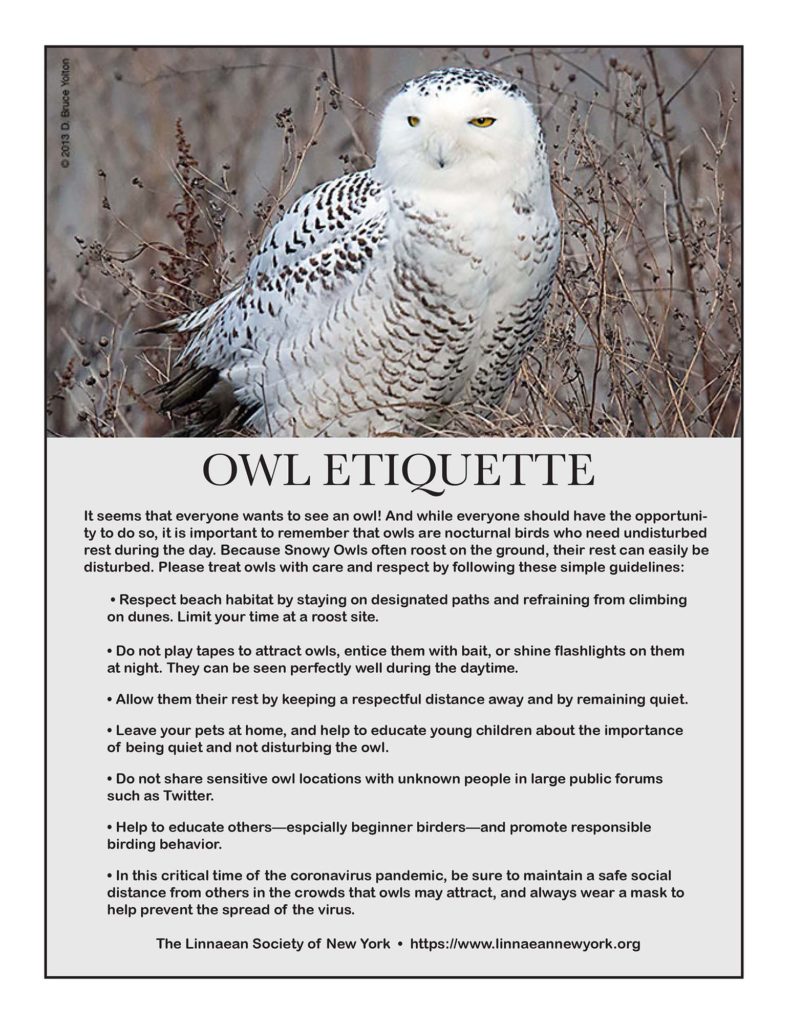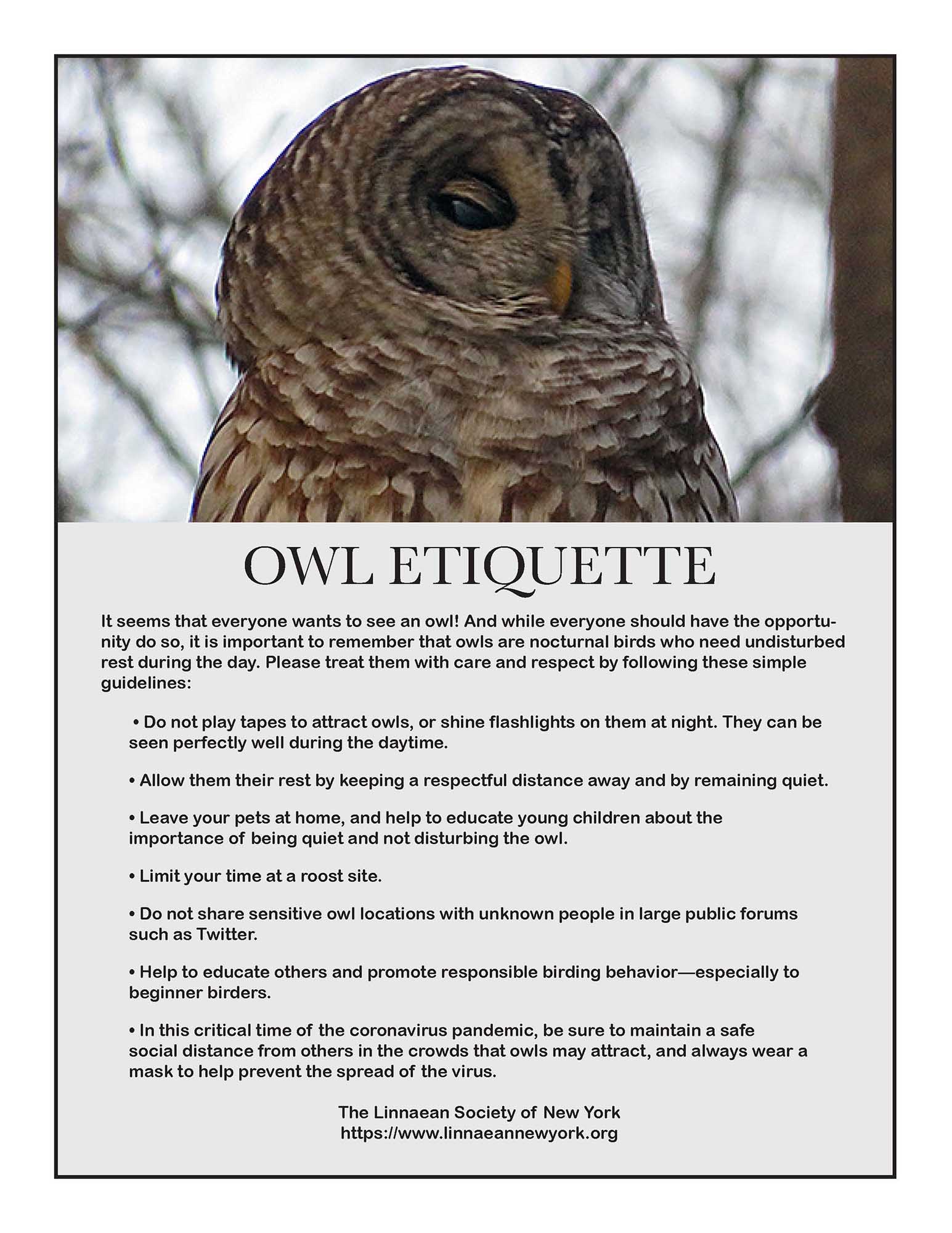Stewardship Plan for the East and West Pond area of the Jamaica Bay Wildlife Refuge
The National Park Service (NPS) proposes to initiate a Stewardship Plan for the East and West Pond area of the Jamaica Bay Wildlife Refuge within the Jamaica Bay Unit of Gateway National Recreation Area (GATE). NPS is accepting comments on this plan through June 7, 2022.
On Sunday, May 29th, members of our Conservation Committee toured JBWR with Don Riepe, Jamaica Bay Program Director for the American Littoral Society, and lifelong advocate for the Refuge. Our committee saw many of the issues that affect both opportunities to view wildlife while also impacting critical stopover and nesting habitat for many species. Some of the most notable examples include: overgrown vegetation and invasive species, broken benches, fences, and bird boxes, and perhaps, most importantly, limited efforts to control the raccoon population, which is having an extremely deleterious effect on avian and terrapin populations.
Don Riepe is asking the Linnaean Society of New York and allied organizations to join him in developing a living action plan with time frames, a transparent budget, and accountability so that the area can be managed as a Wildlife Refuge according to the initial plan originally intended. We are calling on you to submit comments to NPS by June 7th using this link. Or, if you prefer you can contact them in writing at:
Daphne Yun
Gateway National Recreation Area
Attn: East and West Pond Stewardship Plan
210 New York Avenue
Staten Island, NY 10305
We have included a short list of action items below, provided by Don Riepe, that you can reference when sending your personalized letter.
- Hire a Refuge Manager who can be stationed on site and help supervise habitat plan work.
- Train existing interpretation rangers to handle resource needs: manage trails, gardens, ponds, etc., help train maintenance staff, conduct daily ‘working patrols’ where they help control invasive species.
- Plan and implement a mowing schedule replete with timeframes and goals. The West Pond viewshed is quickly disappearing as is most of the marsh viewing from designated benches.
- Hire an on-site volunteer coordinator to oversee, train, and work with volunteers, rangers, and maintenance staff on various resource projects.
- Resurface the West Pond trail and remove the construction-size gravel so trails are fully accessible.
- Evaluate and redesign the East Pond valve system.
- Reinstate the bird feeder and bird bath.
- Repair/replace Tree Swallow, House Wren, and Bat boxes.
- Establish a Purple Martin nest box.
- Manage open habitats for pollinators (bees, butterflies, moths, etc.) by allowing sterile lawns to grow into wildflower meadows.
- Manage raccoon populations on the islands in Jamaica Bay to mitigate effects to heron colonies and nesting sites for egrets, ibises, oystercatchers, willets, waterfowl, and gulls.
- Design and construct an additional fresh water pond – A study by NY Polytechnical Institute in the 1980’s concluded that something similar to Big John’s Pond built on the west side of Crossbay Blvd would greatly enhance herptile populations, freshwater birds such as coots, gallinules and bitterns while also adding enhanced viewing for visitors.
Your voice is needed now to ensure the best possible future management for Jamaica Bay Wildlife Refuge.
Below you can find Ursula’s photos taken during our tour with Don Riepe.
We have also included a template letter drafted by Linnaean member, Janet Wooten. Please feel free to use them as inspiration for your comments to the National Parks service. To download the template in Microsoft Word format, click here. To download the template in RTF format, click here.
Sincerely yours,
Rochelle Thomas, President
Ursula Mitra, Conservation Chair










